In the world of automobiles, some brands have left an indelible mark even after their exits. Their iconic models continue to captivate collectors and enthusiasts alike. Here, I take a closer look at six collector cars from brands that no longer exist, each a testament to its era and a cherished piece of automotive history.
DeLorean DMC-12

The DeLorean DMC-12 is perhaps best known for its role in the “Back to the Future” film series, but its appeal goes beyond Hollywood fame. Manufactured by the DeLorean Motor Company from 1981 to 1983, the DMC-12 is easily recognized by its gull-wing doors and stainless steel body. Its futuristic design was the brainchild of the legendary automotive engineer John DeLorean.
While it wasn’t a commercial success due to production and financial challenges faced by the company, the DMC-12 has since gained a cult following. Enthusiasts are drawn to its unique design and the nostalgia associated with its limited production run, making it a prized possession for collectors today.
Tucker 48
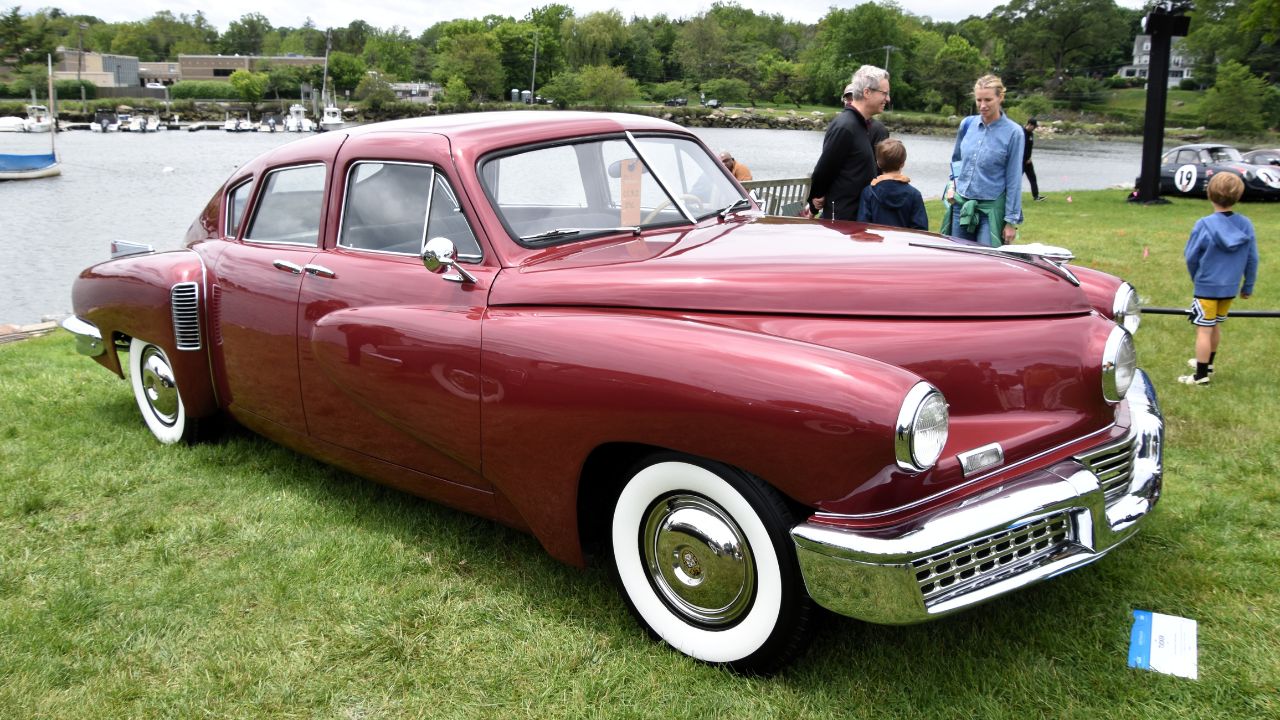
The Tucker 48, also known as the “Tucker Torpedo,” is a remarkable example of innovation from the late 1940s. Created by Preston Tucker, this car was ahead of its time, featuring a rear-mounted engine and safety innovations such as a pop-out windshield and a padded dashboard. Only 51 units were ever produced before the company ceased operations in 1949.
Despite its short-lived production, the Tucker 48 has left a lasting legacy in the automotive world. Its rarity and the story behind its creation make it a highly sought-after collector’s item, with examples fetching millions at auctions today.
Studebaker Avanti
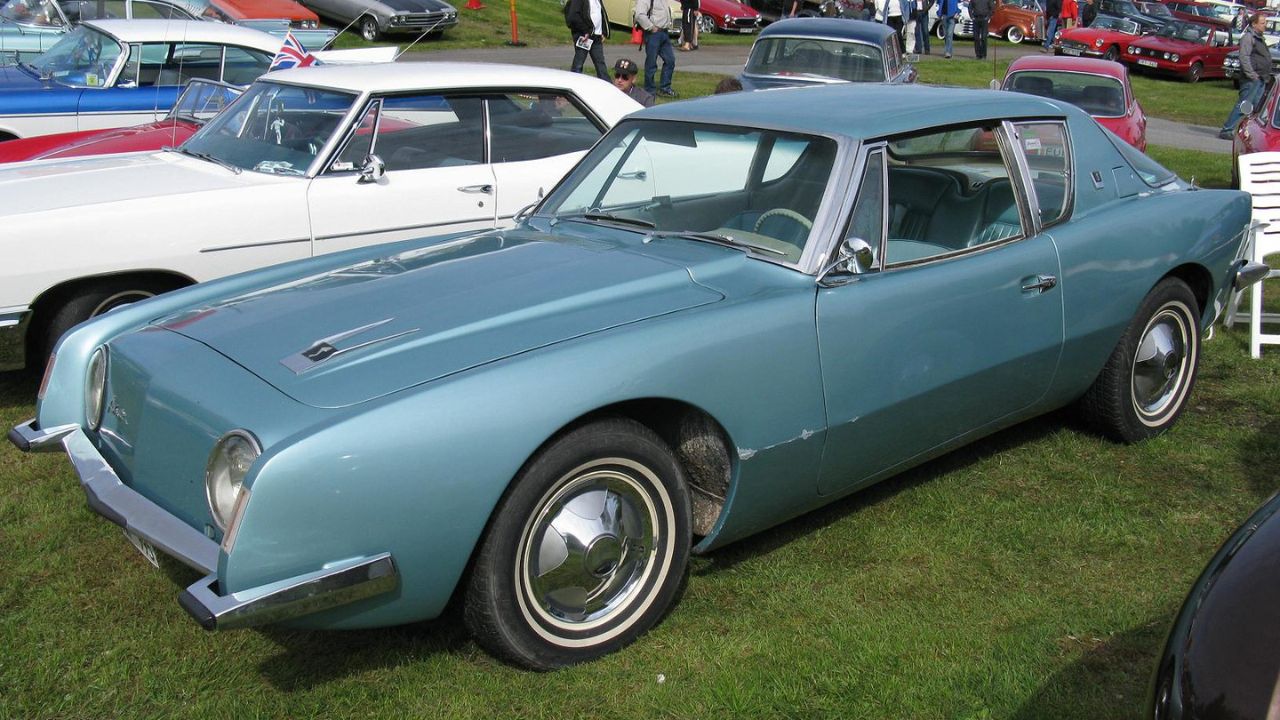
The Studebaker Avanti was introduced in 1962 as a high-performance coupe designed to revitalize the Studebaker brand. With its sleek, fiberglass body and potent V8 engine, the Avanti was a bold departure from the designs of its time. Despite its potential, the Avanti couldn’t save Studebaker, which closed its South Bend plant in 1963.
Even after Studebaker’s demise, the Avanti’s timeless design has kept it relevant among car collectors. Its unique styling and limited production numbers ensure that this car remains a cherished piece of automotive history.
AMC Javelin
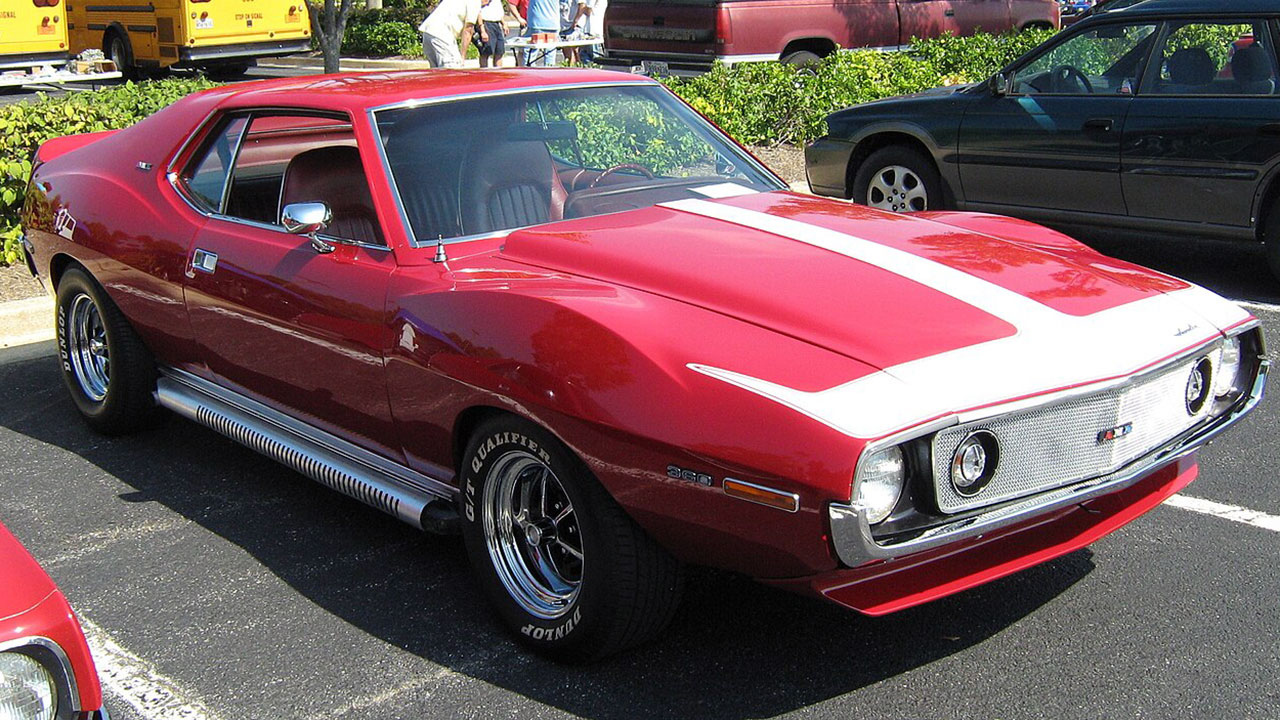
The AMC Javelin, produced by the American Motors Corporation from 1967 to 1974, was a stylish competitor in the pony car market. Known for its distinctive design and racing pedigree, the Javelin was a popular choice for those seeking performance and flair. AMC’s financial struggles eventually led to its merger with Chrysler in 1987, leaving the Javelin as a relic of the past.
Collectors are drawn to the Javelin for its historical significance and unique aesthetic. Its presence in Trans-Am racing and its role as a symbol of AMC’s bold ambitions make it a standout in any classic car collection.
Pontiac Firebird Trans Am
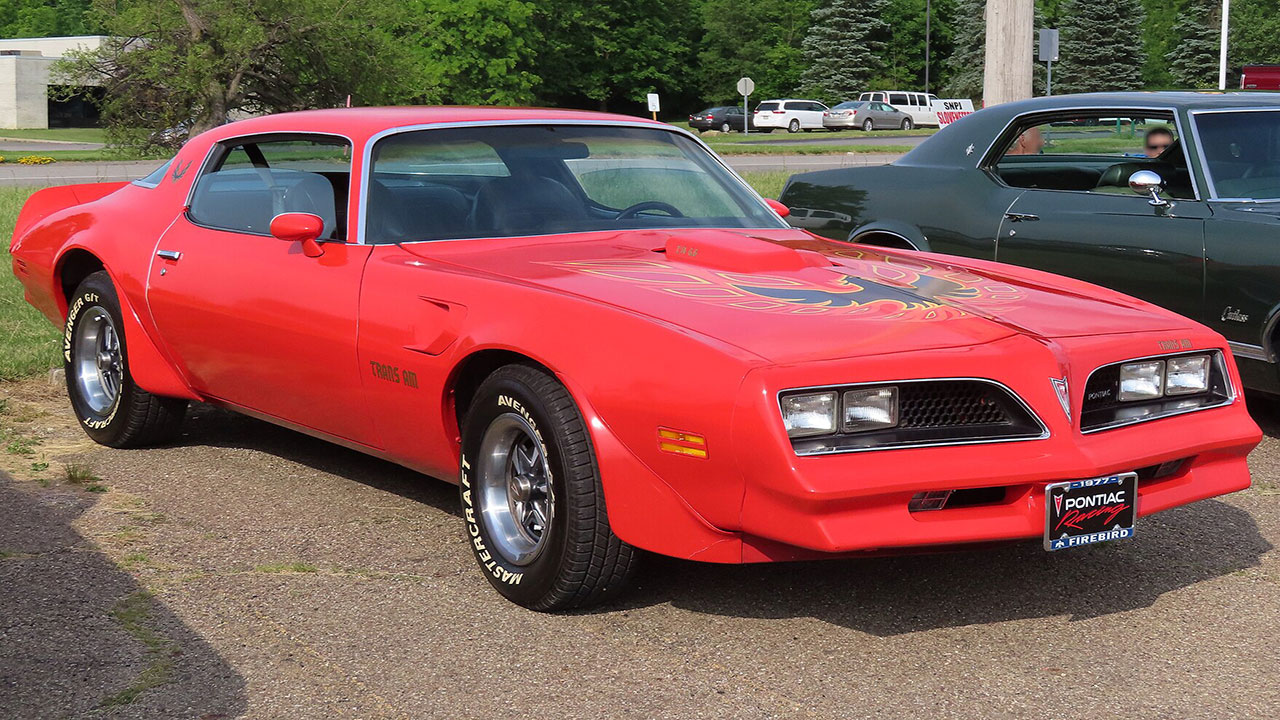
The Pontiac Firebird Trans Am, produced from 1969 to 2002, became a cultural icon thanks to its appearances in films like “Smokey and the Bandit.” Known for its aggressive styling and powerful engines, the Trans Am stood out as a performance powerhouse. However, Pontiac itself was discontinued in 2010, marking the end of an era.
The Firebird Trans Am continues to be a favorite among collectors, particularly models from the late 1970s and early 1980s. Its blend of style, performance, and pop culture significance ensures its place in the annals of automotive history.
Oldsmobile 442
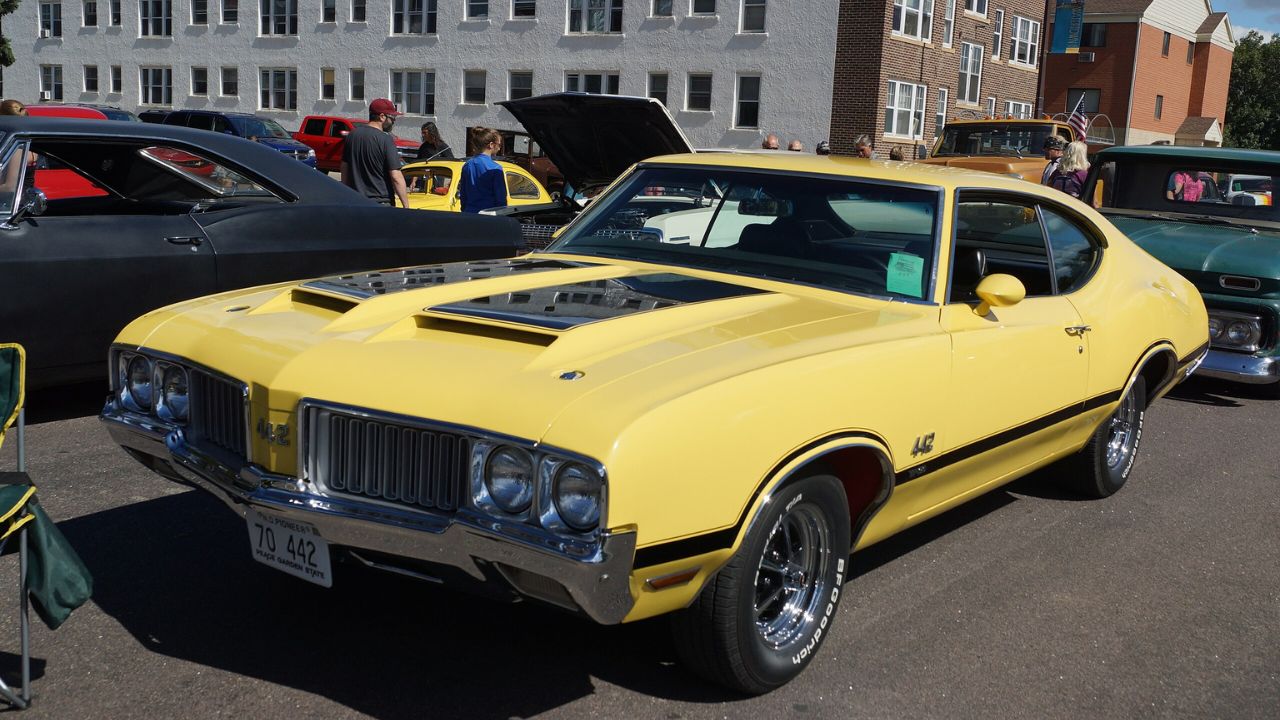
The Oldsmobile 442, produced from 1964 to 1987, was a muscle car that epitomized American performance during its heyday. Known for its “4-4-2” designation, which initially stood for a four-barrel carburetor, four-speed manual transmission, and dual exhausts, the 442 was a formidable presence on the road.
Oldsmobile, a division of General Motors, ceased production in 2004, but the legacy of the 442 lives on. Collectors prize this car for its classic muscle car appeal and its role in the high-performance battles of the 1960s and 1970s, making it a highly sought-after piece of automotive history.
Like Fast Lane Only’s content? Be sure to follow us.
Here’s more from us:
*Created with AI assistance and editor review.

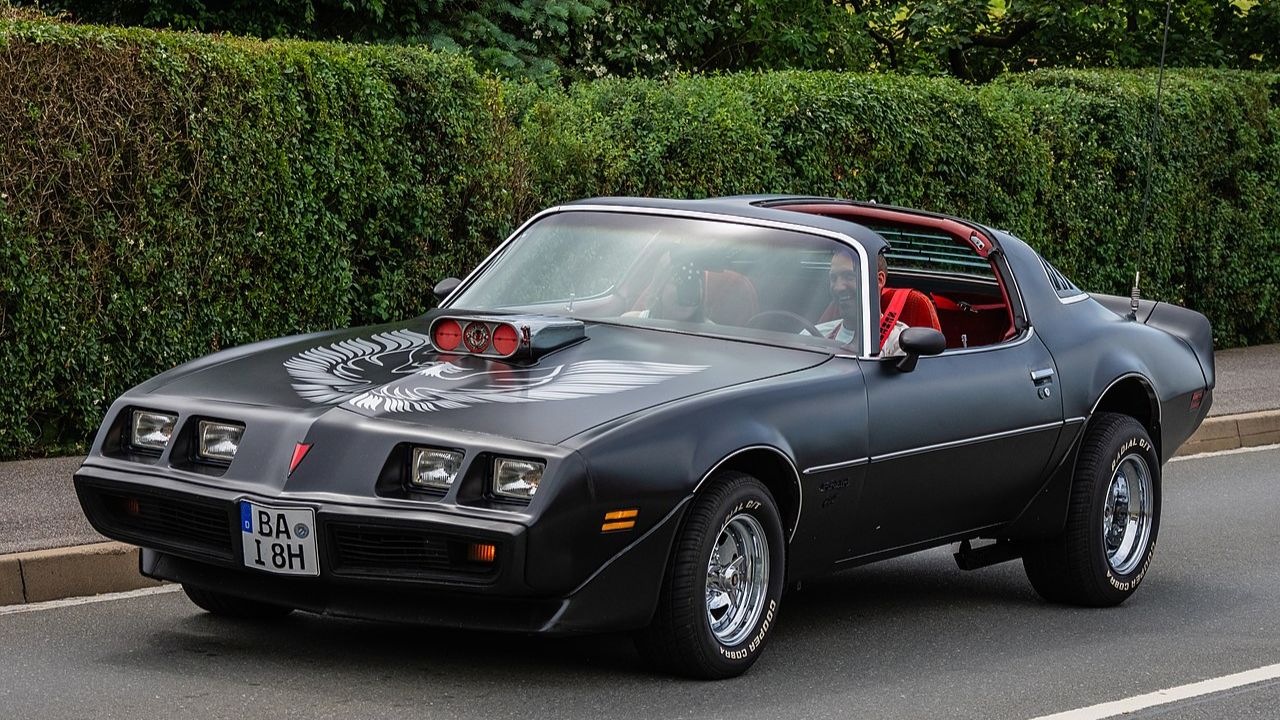
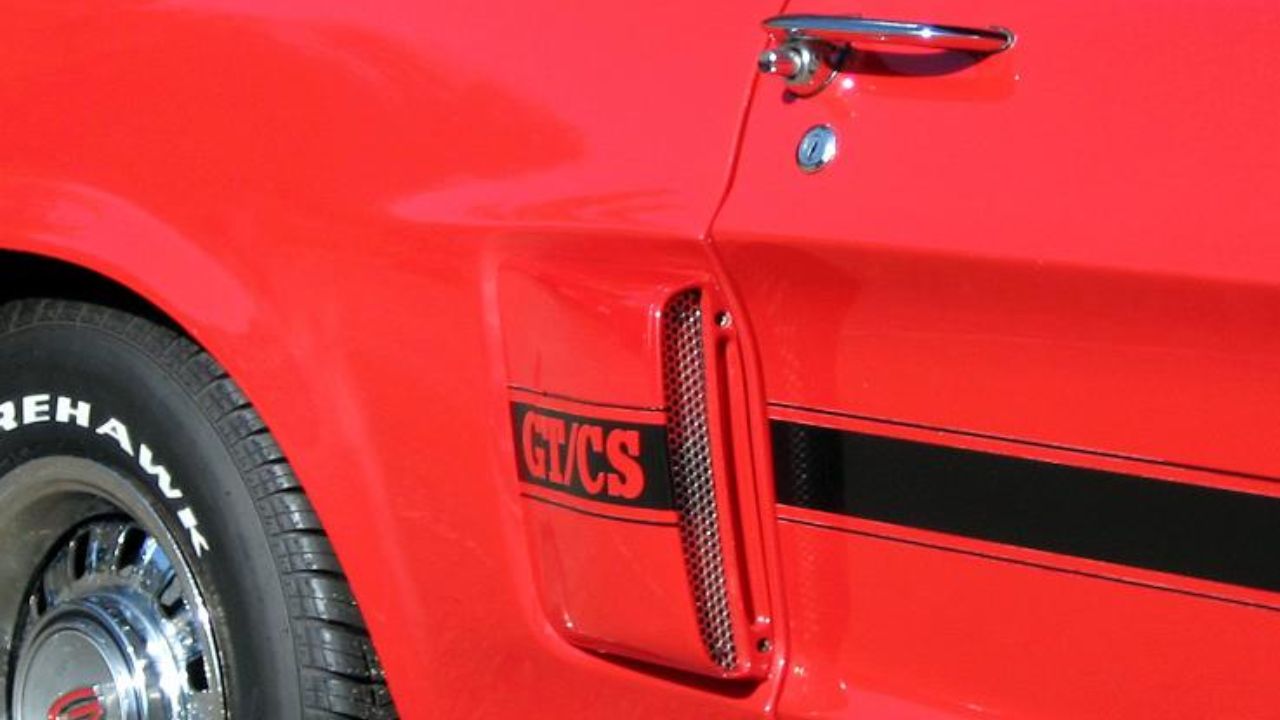
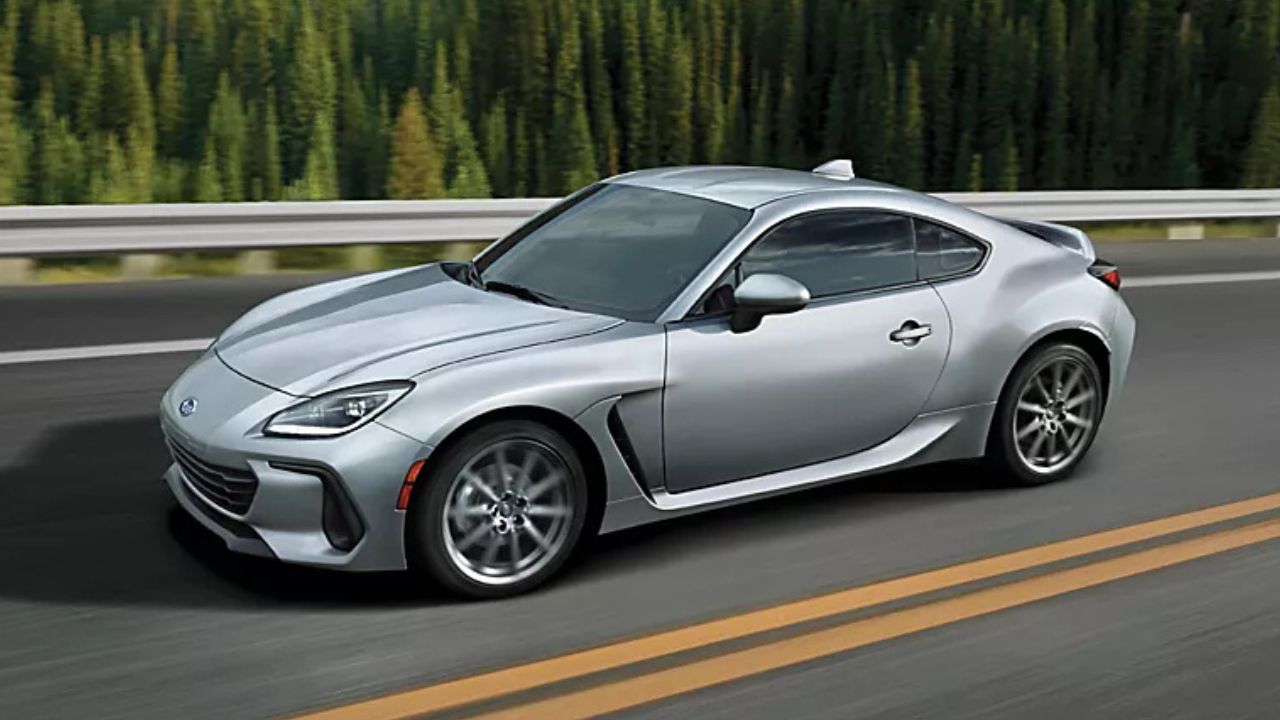
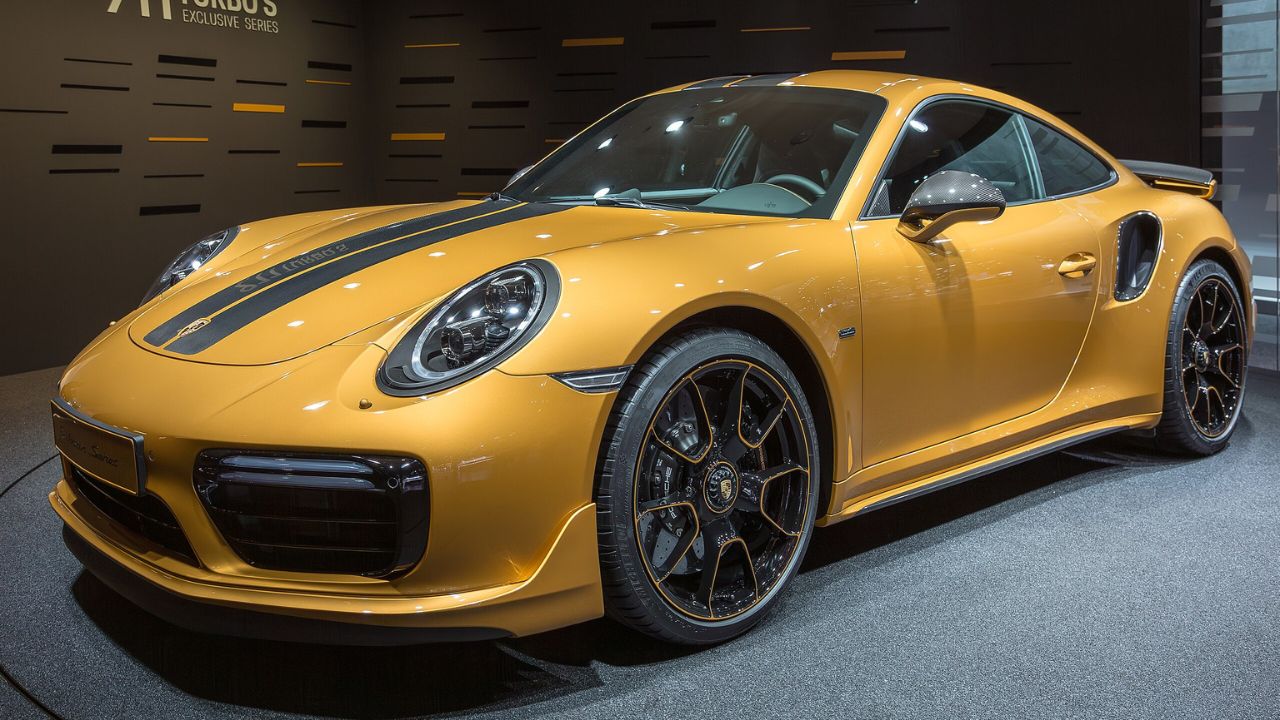
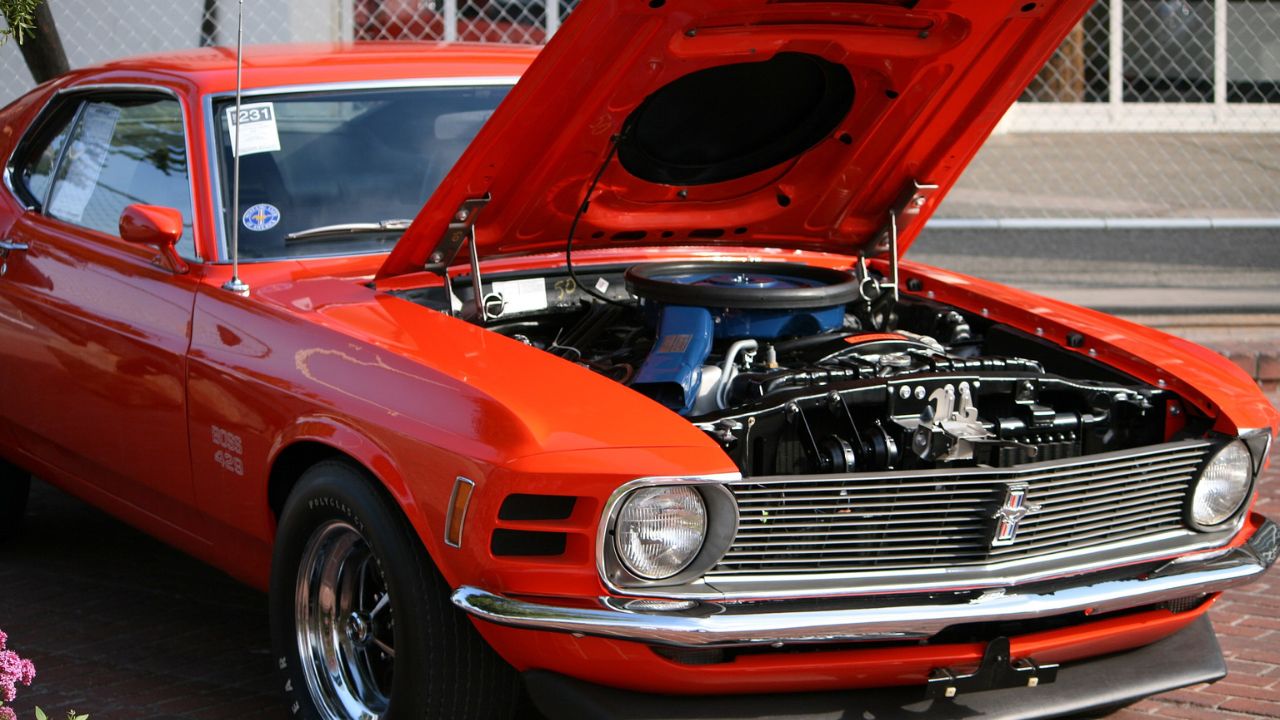
Leave a Reply